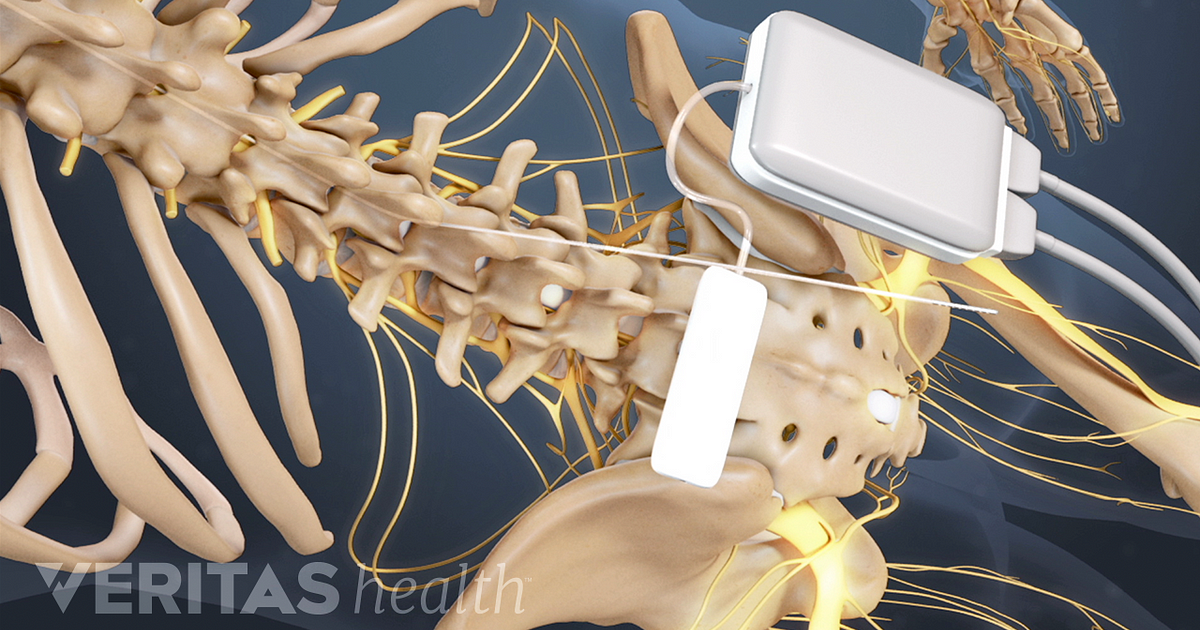

Raise your arms above your head if you had new leads implanted. Do rigorous physical activity, like twisting, bending or climbing. During the first two weeks, do not: Lift objects of more than five pounds. When considering a spinal cord stimulator versus spinal fusion, patients who want to avoid surgery, or have pain caused by a failed surgery may opt for spinal cord stimulation. After your procedure, it’s important to limit some activities as you heal. The device involves a battery-operated pulse generator, a wire with electrodes that transfer the stimulation to your cord, and a small remote. It works by interrupting the pain signals that you normally feel, weakening the signals that travel from your spine to your brain. If the patient’s pain is effectively relieved during the two-week trial, they may opt to receive the permanent device. A Spinal Cord Stimulator is an implantable electrical stimulation device. Patients must first undergo a “trial phase” before committing to long-term treatment with a spinal cord stimulator.
#Spinal cord stimulator surgery skin#
Wires (leads) will be placed under your skin and stretched into the space on top of your spinal cord.
#Spinal cord stimulator surgery how to#
The representative from the company that makes your stimulator shows you how to use the handheld controller that turns the neurostimulator on/off. Your skin will be numbed with a local anesthetic. By converting a painful sensation to a tingling one, spinal cord stimulation frees patients from long-lasting pain and allows them to return to a more normal lifestyle. A neurostimulator (small device that sends electrical signals to the lead) is implanted beneath the skin, usually in the upper buttock/back, upper chest wall, or stomach area. In this procedure, one or more insulated wire leads are guided through an epidural needle, or a small incision, and into the area surrounding the spinal cord. You will continue to take your usual pain medications. It does not have leads or wires, so it can be placed in different areas of the spinal cord to help with pain relief. X-rays will be taken to check the electrode positions before you go home. A percutaneous electrical nerve stimulator (pENS) is a spinal cord stimulator device that sends electrical impulses through the spinal column. The mild electric current is delivered through a pulse. Spinal cord stimulation is a technique for relieving pain that works by continuously delivering a small electrical current to the spinal cord to mask pain signals before they reach the brain. Initial programming of your spinal cord stimulator (SCS) will be done in the recovery area of ASU, You will use the same remote control and will be given instructions about how to charge your battery. A spinal cord stimulator uses low voltage stimulation of the spinal nerves to block the feeling of pain.


 0 kommentar(er)
0 kommentar(er)
